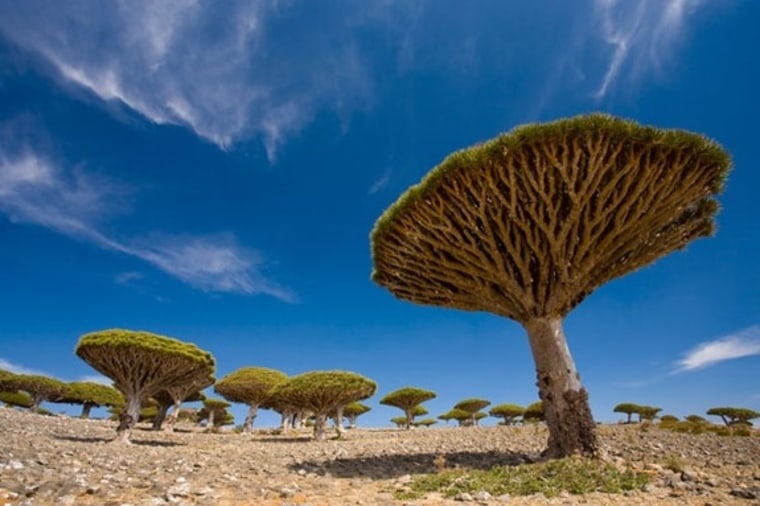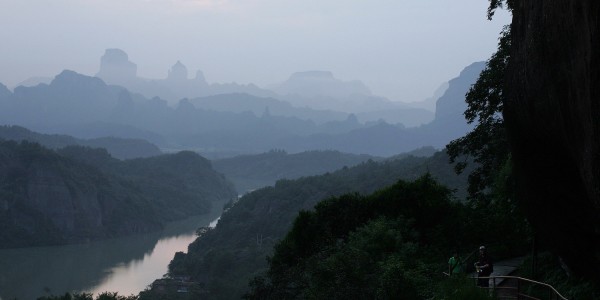The Arab world should propose more natural sites for the U.N.'s World Heritage list after having only two new ones listed in the past 15 years, a conservation group said Tuesday.
The International Union for Conservation of Nature said in a report that the Middle East and nearby regions have the fewest natural World Heritage sites. Only four are listed, including Banc d'Arguin National Park in Mauritania, Ichkeul National Park in Tunisia, the Socotra Archipelago in Yemen and the Wadi Al-Hitan in Egypt.
Jordan has proposed the Wadi Rum protected area for designation as a cultural and natural site at the meeting of the World Heritage committee in Paris, which runs until June 29. It is one of 37 sites up for designation.
"The Arab states are home to an exceptional natural wealth and diversity, with striking desert landscapes and marine areas," said Haifaa Abdulhalim, IUCN's World Heritage officer in the Arab states. "The process of nominating natural sites in the Arab region needs a major overhaul if we want to see more of them on the World Heritage list."
Slideshow 35 photos
UNESCO World Heritage sites
The report also found the 18-state region does far less to monitor and promote natural sites like marine reserves and desert landscapes than for cultural sites like pyramids and ancient fortifications. It found that 12 states had 35 sites which have potential to be listed but so far haven't been nominated.
It found that 91 percent of states had inventories of cultural sites but nothing similar for natural sites. Also, cultural institutions in these countries "were not well equipped" to manage natural sites, and environmental ministries have often been locked out of the nomination process.
The report also reviewed management of natural sites that are already on the World Heritage List and found many face serious challenges.
In Banc d'Arguin, for example, more effective measures are needed to control the risk of accidental oil spills which may threaten the park's wintering waterbirds and mammals, including the critically endangered Monk Seal.
In Socotra, often referred to as the 'Galapagos of the East', the unique vegetation and ecosystems have been under increasing threat due to the development of infrastructure and tourism.
"By continuing to improve the management of these sites and by increasing cooperation between countries to support them, World Heritage Sites in Arab States can greatly contribute to conservation and sustainable development in the region," said Mariam Kenza Ali, an IUCN World Heritage conservation officer.

